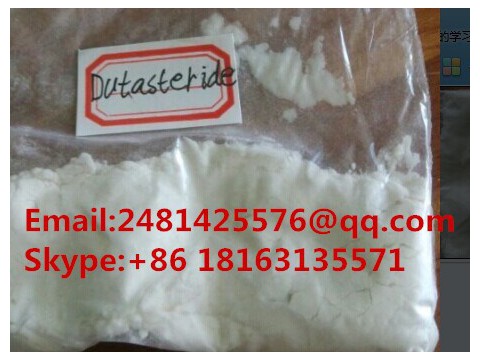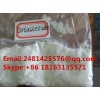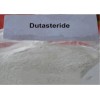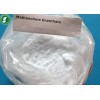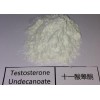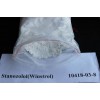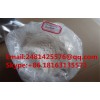Quick detail:
| Product name | Dutasteride |
| Other name | Avodart |
| CAS | 164656-23-9 |
| MF | C27H30F6N2O2 |
| MW; | 528.53 |
| Molecular structure |

|
| Assay | 99% |
| Appearance: | White crystalline powder |
| Usage |
pharmaceutical material, hormone. |
Description:
Dutasteride is used alone or with another medication (tamsulosin [Flomax]) to treat benign prostatic hyperplasia. Dutasteride is used to treat symptoms of BPH and may reduce the chance of developing acute urinary retention.Dutasteride may also decrease the chance that prostate surgery will be needed.Dutasteride is in a class of medications called 5-alpha reductase inhibitors. It works by blocking the production of a natural substance that enlarges the prostate.
This medication is used in men to treat the symptoms of an enlarged prostate (benign prostatic hyperplasia-BPH). It works by reducing the size of the enlarged prostate. This helps to relieve symptoms of BPH such as difficulty in beginning the flow of urine, weak stream, and the need to urinate frequently or urgently (including during the middle of the night). It may also reduce the need for surgery to treat BPH
Application:
This class of medications increases rates of erectile dysfunction (with between 5% and 9% developing problems after starting their use). This is linked to lower quality of life and can cause stress in relationships. There is also an association with lowered sexual desire. It has been reported that these adverse sexual side effects may persist even after discontinuation of the drug. The FDA has added a warning to dutasteride about an increased risk of high-grade prostate cancer.
While the potential for positive, negative or neutral changes to the potential risk of developing prostate cancer with dutasteride has not been established, evidence has suggested it may temporarily reduce the growth and prevalence of benign prostate tumors, but could also mask the early detection of prostate cancer.
The primary area for concern is for patients who may develop prostate cancer whilst taking dutasteride for benign prostatic hyperplasia, which in turn could delay diagnosis and early treatment of the prostate cancer, thereby potentially increasing the risk of these patients developing high-grade prostate cancer.
Specification
COA:
|
Test Items |
Specification |
Test Results |
|
Description |
White or almost white powder |
Complies |
|
Identification |
Meet the requirements |
Complies |
|
Loss on drying |
≤0.5% |
0.2% |
|
Melting range |
246℃~252℃ |
246℃~248℃ |
|
Heavy metals |
≤20ppm |
Complies |
|
Residue on ignition |
≤0.1% |
Complies |
|
Related substances |
Biggest Impurities≤0.5% |
0.36% |
|
Total Impurity≤1.0% |
0.7% |
|
|
Assay |
97.0%~103.0% |
99.3% |
|
Conclusion |
Complies with In-house Standard |
|

